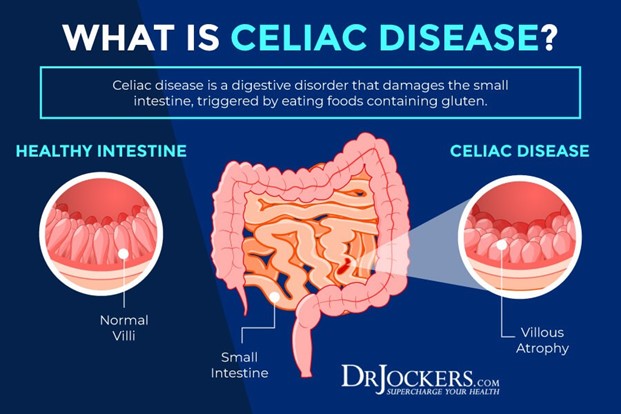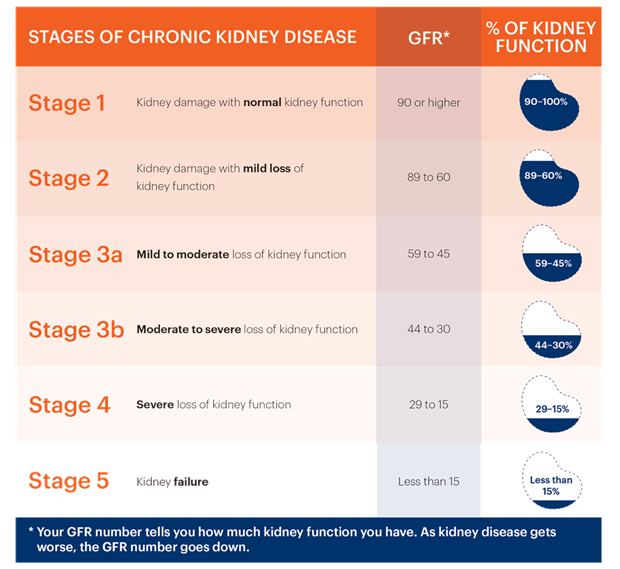An appropriate nursing intervention to minimize separation anxiety in a hospitalized toddler is to:
Explain procedures and routines.
Provide for privacy.
Encourage the parents to room in.
Encourage contact with children the same age.
The Correct Answer is C
Toddlers often experience separation anxiety when separated from their primary caregivers. Having the parents stay with the child in the hospital, commonly known as rooming in, can provide a sense of security and familiarity, which helps alleviate separation anxiety. It allows the child to have a consistent presence and promotes a nurturing and comforting environment.
While explaining procedures and routines can be helpful, it may not fully address the underlying separation anxiety experienced by the toddler. Providing for privacy and encouraging contact with children the same age may not directly address the primary source of anxiety, which is being separated from the parents.
Nursing Test Bank
Naxlex Comprehensive Predictor Exams
Related Questions
Correct Answer is D
Explanation
Celiac disease is an autoimmune disorder characterized by an abnormal immune response to gluten, a protein found in wheat, barley, and rye. When individuals with celiac disease consume gluten, their immune system reacts by damaging the lining of the small intestine, specifically the villi. The damaged villi are unable to effectively absorb nutrients from food, leading to malabsorption and a variety of symptoms.

Correct Answer is C
Explanation
The glomerular filtration rate is a measure of how effectively the kidneys filter waste and excess fluid from the blood. It is a key indicator of kidney function. CKD is staged based on the GFR, which provides an estimate of the percentage of normal kidney function remaining.
While serum creatinine and urea levels are important markers used to assess kidney function, they are not the sole criteria for staging CKD. The degree of altered mental status and total daily urine output are important clinical observations but are not used for staging CKD.

Whether you are a student looking to ace your exams or a practicing nurse seeking to enhance your expertise , our nursing education contents will empower you with the confidence and competence to make a difference in the lives of patients and become a respected leader in the healthcare field.
Visit Naxlex, invest in your future and unlock endless possibilities with our unparalleled nursing education contents today
Report Wrong Answer on the Current Question
Do you disagree with the answer? If yes, what is your expected answer? Explain.
Kindly be descriptive with the issue you are facing.
